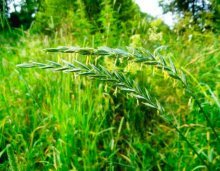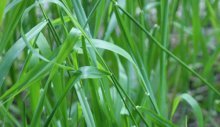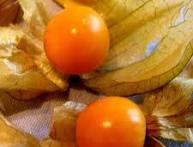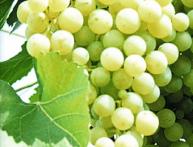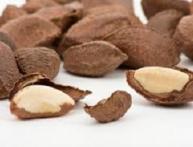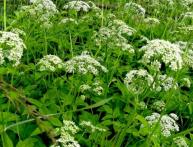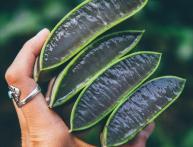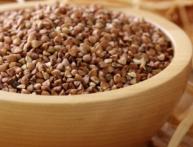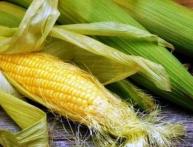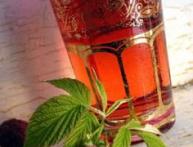Wheatgrass, medicinal properties of leaves and roots
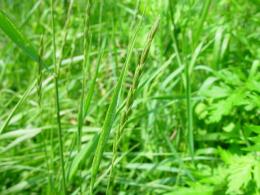
Wheatgrass can be found throughout Europe, Asia, and North Africa. In most cases it is considered a noxious weed. But sometimes even ordinary weeds combine many beneficial properties. Wheatgrass is no exception; its medicinal properties are known in folk and official medicine.
Content:
Brief description of the plant
Wheatgrass has many names among the people:
- dog grass
- root - herb
- ponyry
- worm - grass
All of them to some extent reflect the appearance and properties of the plant.
Wheatgrass - perennial herbaceous plant, the ground part is represented by long narrow leaves, no more than one centimeter wide, growing vertically from the root. The height of the plant can be from twenty centimeters to one and a half meters. The underground part is thin, incredibly strong, creeping rhizomes. They are capable of forming a continuous turf at a depth of 5 cm to 15 cm. Thanks to such roots, the plant has great vitality; it is enough to leave a small piece of rhizome in the soil, and in a short time the plant will recover completely.
Wheatgrass blooms in June - July, the inflorescence is long, up to 30 cm, with a sparse spike. Wheatgrass is a good food plant for many herbivores. But predators, such as dogs and cats, sometimes eat wheatgrass leaves. This is due to the fact that the plant is able to cleanse the animal’s body.
Wheatgrass rhizomes in scientific medicine
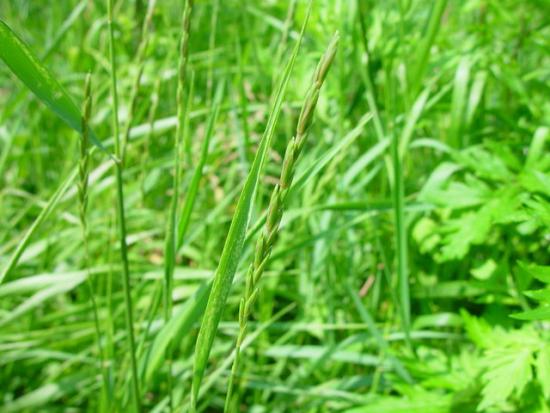
In official medicine, wheatgrass rhizomes are recognized as:
- laxatives
- diuretics
- expectorants
- anti-inflammatory drugs
Pharmaceutical drug is the collected and dried roots of a plant, produced under the name "Creeping wheatgrass (root and rhizomes of wheatgrass)." It is used as part of complex therapy in the treatment of:
- Gastrointestinal diseases (colitis, gastritis, enteritis, cholecystitis)
- genitourinary diseases (cystitis, nephritis)
- skin diseases (dermatitis, eczema, furunculosis, acne)
- respiratory diseases (bronchitis, pneumonia)
- metabolism (diabetes, anemia, rickets)
- musculoskeletal system (arthritis, osteochondrosis)
Decoctions and infusions of roots and rhizomes are prescribed internally. The duration of treatment is determined by the doctor.
The drug "Uronefron" is produced based on wheatgrass rhizomes. It is quite effective in treating:
- pyelonephritis
- cystitis
- prostatitis
The drug is prescribed by a doctor for the therapeutic treatment of the above diseases, as well as for the prevention of urolithiasis.
Produced from wheatgrass pollen immunological drug “Allergen from wheatgrass pollen for diagnosis and treatment,” which is used by allergists to identify and treat allergic manifestations, hay fever, and atopic bronchial asthma. In addition to its use in scientific medicine, the medicinal properties of wheatgrass have long been known and are widely used in folk medicine.
Wheatgrass in folk medicine
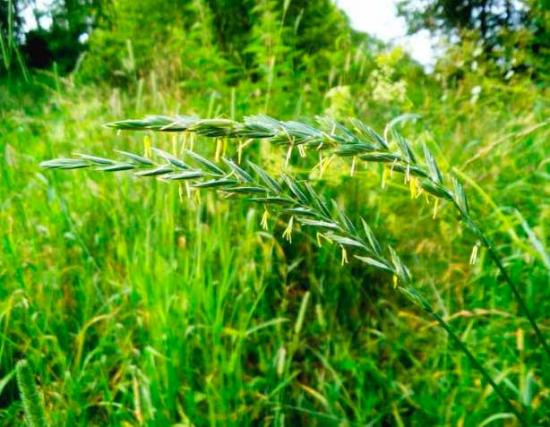
It is very difficult to remove wheatgrass from the garden, but perhaps its vitality explains its medicinal properties and use as a medicine in folk medicine. It is used both internally and externally.
External use
Decoctions and infusions of wheatgrass leaves and roots are used externally for various skin diseases of newborns with the following symptoms:
- jaundice
- diaper rash
- prickly heat
- diathesis
For these problems, it is good to bathe in an infusion of wheatgrass in water. To do this, pour 0.5 liters of boiling water over 50 grams of plant material and leave in a warm place for half an hour. Add the resulting infusion to a bath of water and bathe your baby in it. Repeat the procedure three times a week.
In adolescence, acne causes a lot of inconvenience and discomfort. And this is where wheatgrass infusion comes to the rescue; you can use it to wipe problem areas of the skin daily.
Lotions made from strong infusion or fresh juice are good for recurrent furunculosis.
Oral use
Even ancient doctors believed that wheatgrass juice, mixed with honey in a ratio of 1: 1 and heated for 5 minutes, could improve vision by 1-3 diopters if taken three times a tablespoon daily, without a break for 180 days. Considering that the growing season of the plant lasts from late April to mid-October, obtaining fresh juice to restore vision is available for quite a long period.
Using a spoonful of fresh juice from the leaves and roots mixed with one hundred milliliters of water, you can reduce weight by drinking the mixture four times a day for several weeks.
You can make your own juice as follows:
- collect 1 kg of grass with rhizomes
- rinse in cold (running) water
- dry
- chop finely with a knife
- pour two liters of water
- mix
- stand for one hour
- strain and squeeze
Store in the refrigerator for several days.
If you add a glass of vodka to a liter of juice, then this juice can be stored for several months. An infusion of a spoonful of crushed rhizome and a glass of water, steamed in a water bath for half an hour, can cure enuresis not only in children, but also in older patients. It should be taken orally for three months, 1/3 cup three times a day.
A spoonful of wheatgrass, simmered for 10 minutes in a glass of milk, can cure diseases ovaries and help with infertility. You should take this decoction twice a day for several weeks.
A decoction of wheatgrass, prepared for 10 minutes over low heat from a glass of water and 30 grams of raw materials, infused for one hour, will help with:
- hypertension
- diabetes
- rickets
- scrofula
An infusion of 10 grams of rhizome and 400 ml of boiling water, aged for 12 hours, will help get rid of:
- for hemorrhoids
- gallstones
- osteochondrosis
- arthritis
- ascites (dropsy)
You need to drink the infusion over a course of 30-40 days, twice a day.
To prepare decoctions and infusions at home, you can use wheatgrass sold by pharmacy chains, or you can prepare it yourself.
Recommendations for harvesting wheatgrass
It is convenient to harvest wheatgrass roots during spring or autumn plowing and manual digging of a garden plot, when the layers of earth are turned upside down and all that remains is to select the roots. Wash them in cold water, dry them in the sun and place them in the shade for a few days. You can use a special electric dryer.Dried raw materials retain their beneficial properties for two years, subject to storage conditions in a dark and dry place.
Considering the ubiquity and accessibility of the plant, you can use fresh roots in the summer, and dried ones in the winter. The healing properties of wheatgrass are, although not a panacea, but a very good help in the treatment of many diseases.
Educational video about the beneficial healing plant wheatgrass:
Interesting information about the vegetable garden

